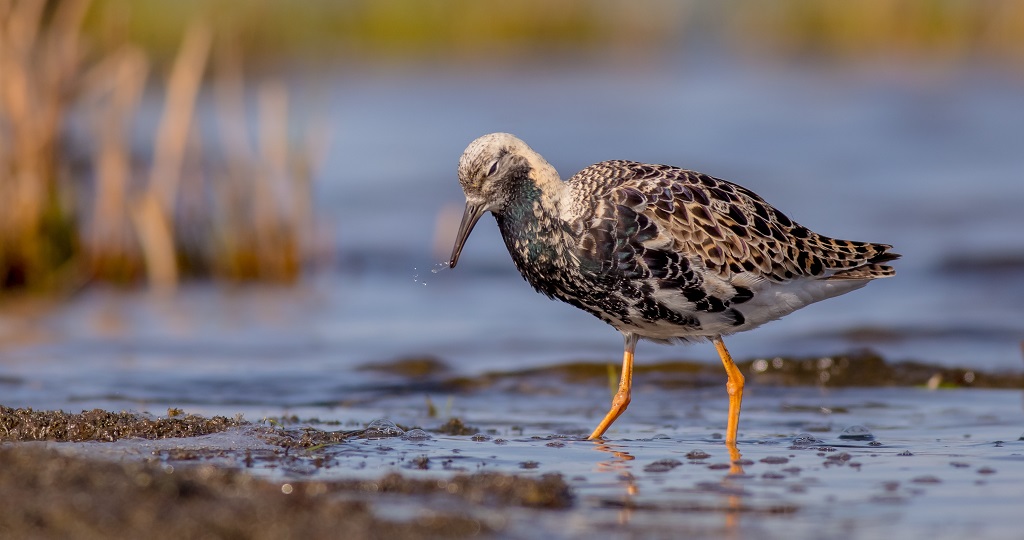Sporting estates across the Highlands are working with public sector partners to protect rare bird species delivering a range of public benefits with some of the projects beginning to show good results.
The first is the Highland golden eagle project which has helped to deliver an increase in the territory occupation and breeding success of golden eagles in the Monadhliaths and north west of the Cairngorms National Park.
Where brood size has allowed, some Highland estates have been able to transfer eagle chicks for reintroduction to the Scottish Borders and Dumfries & Galloway through the South of Scotland Golden Eagle Project, another public-private partnership in which Scottish Land & Estates is closely involved.
Jenny McCallum, who leads the Loch Ness Rural Communities Group said: ‘The estates in the Loch Ness area are very proud of the golden eagle population improvements over the last decade.
‘Estates are making long-term commitments to these initiatives, which can be very time-consuming and resource-intensive. This kind of strategy is clearly the way forward to provide a healthy and diverse landscape with habitats suitable for a range of different species. Working collaboratively benefits landowners and public sector bodies.’
Other raptors are benefiting too under partnership projects such as Heads Up For Harriers, where cameras are used to monitor hen harrier nests and the data gathered is used to understand why some nests fail. Moorland estates have been working with raptor experts in Speyside and across the Highlands to help the species to breed successfully.
Working for Waders is a further national multi-stakeholder initiative to help reverse the decline of breeding wader populations in Scotland. Local farms and estates are working together to manage habitat along with predator control and help with monitoring counts.

A waderd
This spring there was an escalation in the scale and frequency of wildfires including the largest wildfire seen in Scotland in Morayshire.
Gamekeepers from Grampian, Speyside, Tomatin and Loch Ness came out with their specialist firefighting equipment, professional expertise and understanding of controlled burning methods to help the Scottish Fire & Rescue Service bring it under control and this vital contribution to wildfire damage limitation on any land, has been fully recognised by the SFRS.
Jenny continued: ‘A number of gamekeepers and estate workers from Tomatin, Speyside and Grampian Moorland Groups and Loch Ness Rural Communities assisted in the fire-fighting, providing valuable expertise and specialist equipment.
‘We are delighted that the Scottish Fire & Rescue Service have recognised the importance of backburning techniques as a method of control and the recognition that wildfires are more prevalent in areas where there has been a build-up of fuel for the fire, rather than on managed moorland.’
Some of the examples above are nominated in the Scottish Land & Estates’ Helping It Happen awards. The winners will be announced in October.
TAGS

